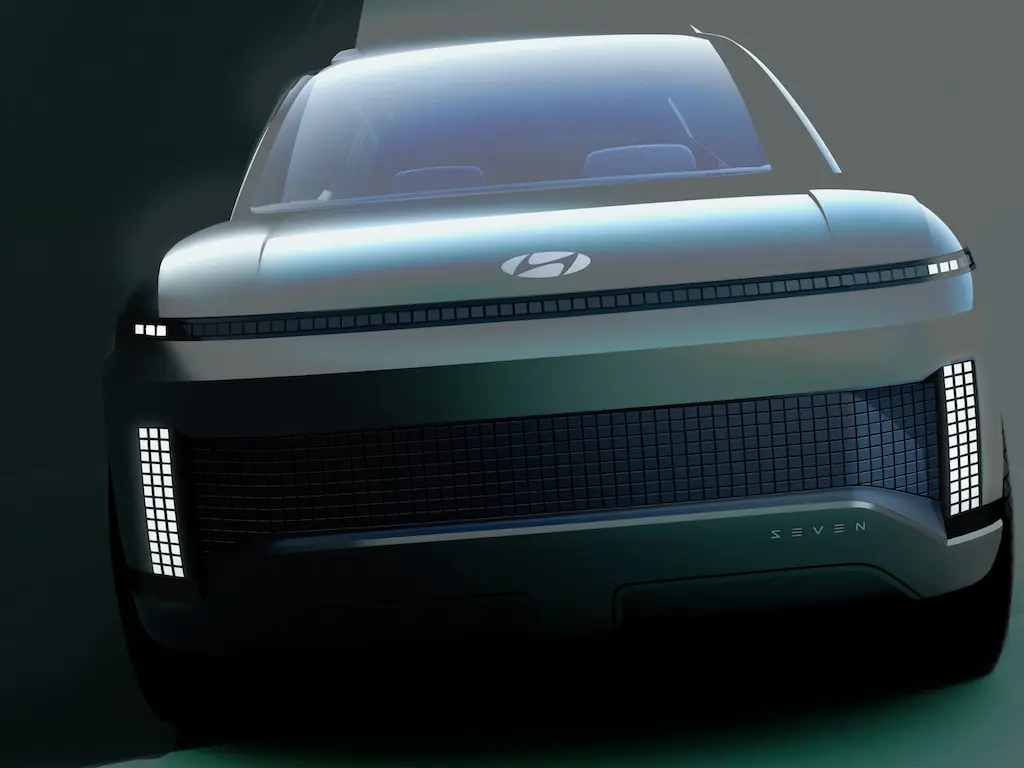Hyundai will produce 17 new BEV models and invest $80 billion in hardware and software technologies by 2030.


In the 2022 CEO Investor Forum, Hyundai Motor Group has laid out the electrification strategy for the next decade. The company will produce 17 new BEV models and invest $80 billion in hardware and software technologies with this strategy. This shows that Hyundai is committed to increasing its share up to 7% in the global EV market by 2030.
In the recent press release, Jaehoon Chang, the CEO, shared its updated plan and the steps of its strategy during the virtual 2022 CEO Investor Day. Hyundai Motor Company aims to sell 1.87 million BEVs each year till 2030 and plans to build a new BEV production facility to increase the production capacity. Korean Company will also develop technologies for the next-generation batteries to maximize efficiency. Another step of the new strategy will be the introduction of an Integrated Modular Architecture (IMA) in 2025.
The company will invest almost $80 million in new technologies to pursue sustainability and to increase competitiveness in connectivity and autonomous driving.
The Korean carmaker will launch eleven Hyundai and six Genesis BEV models in the next decade. New Hyundai BEVs will be three sedan models, six SUVs, one light commercial vehicle, and one “new type model”. Ioniq 6 will be on market in 2022 and Ioniq 7 in 2024.
The luxury brand of Hyundai Motor, Genesis, is set to become all-electric in 2022 and will launch two-seated EVs and four SUVs, including the Electric GV70.

The most exciting announcement during the 2022 CEO Investor Forum is the new modular platform which will debut in 2025. The new Integrated Modular Architecture (IMA) will be the evolved version of the electric global platform (E-GMP), which will be on the market with Hyundai vehicles like the Ioniq 5, Kia EV6, and Genesis GV60.
The Korean carmaker elaborated that the IMA will be developed to standardize the chassis, battery system, and motor. Its innovative architecture will improve the driving range and be used for BEVs in all segments.
The existing BEV development system of the company has different types of battery packs for each model; however, the IMA will allow equipping standardized battery packs and motors for all models, which increases cost-efficiency. Its cell-to-pack system will allow this new architecture to be able to achieve enough energy density and decrease the charging time.